Home>Garden Essentials>How Often Should You Water Sunflower Seeds
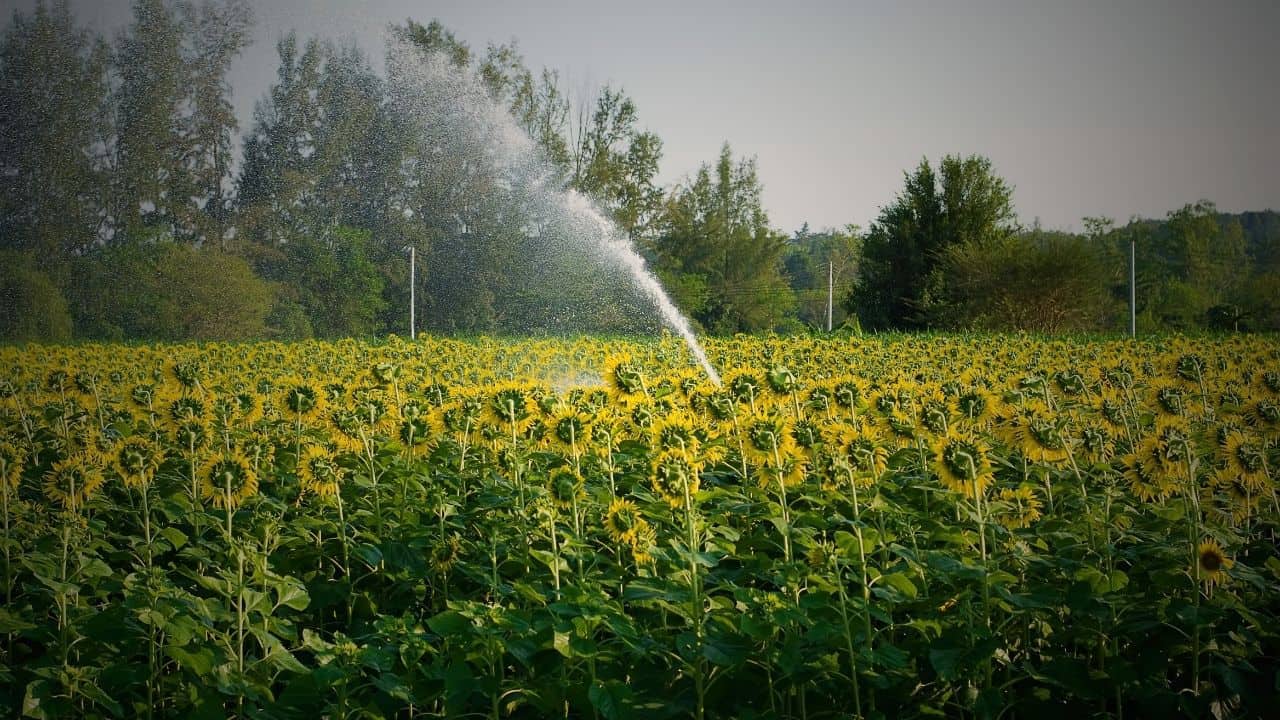

Garden Essentials
How Often Should You Water Sunflower Seeds
Modified: March 15, 2024
Discover the essential watering schedule for your garden sunflower seeds and ensure optimal growth. Maximize your garden's potential with proper watering techniques.
(Many of the links in this article redirect to a specific reviewed product. Your purchase of these products through affiliate links helps to generate commission for Storables.com, at no extra cost. Learn more)
Introduction
Growing sunflowers from seeds can be a rewarding experience for garden enthusiasts. However, like any plant, sunflowers require the right amount of water to thrive. Determining how often to water sunflower seeds can be crucial for their successful germination and growth. In this article, we will explore the factors to consider when watering sunflower seeds, the signs of under and overwatering, and guidelines for watering frequency.
Water is essential for the germination of sunflower seeds. During this stage, the seeds absorb water, causing them to swell and eventually sprout. Without adequate moisture, the seeds may fail to germinate or take much longer to do so.
Once the sunflower seeds have successfully sprouted and grown into plants, maintaining proper soil moisture levels becomes imperative. Too much or too little water can hinder their growth and affect their overall health.
Factors such as the germination period, soil moisture levels, climate, and the stage of the sunflower plants all play a role in determining the watering frequency. Let’s explore these factors in more detail.
Key Takeaways:
- Proper watering is crucial for sunflower seeds and plants. Factors like soil moisture, climate, and plant maturity impact watering needs. Balance is key to healthy growth.
- Signs of underwatering and overwatering should be monitored. Water at the base, water deeply, and adjust watering frequency based on plant needs for optimal growth.
Read more: How Often To Water Sunflower Seeds
Factors to Consider
When determining how often to water sunflower seeds, there are several important factors to take into consideration:
- Seed Germination Period: The initial stage of sunflower growth is crucial. Sunflower seeds need consistent moisture to germinate successfully. Typically, this stage lasts around 7-10 days, during which the soil should be kept evenly moist.
- Soil Moisture Levels: The moisture content of the soil is a key factor in determining watering frequency. Sunflowers prefer loamy, well-draining soil. Before watering, check the soil’s moisture level by inserting a finger or a moisture meter into the soil. If the top inch of soil is dry, it’s time to water.
- Climate and Season: The climate and season are critical in determining how often sunflowers need to be watered. In hot, dry climates, sunflowers may need more frequent watering. During the summer months, when the temperatures are high, sunflowers may benefit from daily watering. In cooler seasons or climates with adequate rainfall, watering frequency can be reduced.
- Established Sunflower Plants: Once the sunflower plants are established and have developed a strong root system, they can withstand short periods of drought. However, it is still important to monitor soil moisture levels and provide water when necessary to ensure healthy growth.
By taking these factors into consideration, you can establish a watering routine that meets the specific needs of your sunflower seeds and plants. However, it is essential to be aware of the signs of under and overwatering to prevent any potential damage.
Seed Germination Period
The seed germination period is a critical stage in the life cycle of sunflower seeds. During this time, the seeds absorb water, causing them to swell and eventually sprout. Proper watering is crucial to ensure successful germination.
When planting sunflower seeds, it is important to create the ideal conditions for germination. Start by preparing the soil, ensuring it is loose and well-draining. Place the seeds in the soil at the recommended depth, which is typically about 1 inch deep.
Once the seeds are in place, it is time to provide water. The goal is to moisten the soil without saturating it. Gently water the area, taking care not to wash the seeds away or disturb their placement. A watering can with a narrow spout or a gentle spray from a hose attachment can help achieve a controlled watering method.
During the germination period, the soil should be kept consistently moist. Check the moisture level daily by inserting a finger about an inch into the soil. If the soil feels dry at this depth, it is time to water. Be careful not to overwater, as excessive moisture can lead to fungal diseases or rotting of the seeds.
Continue monitoring the soil moisture levels throughout the germination period. Depending on the temperature and humidity, the seeds may start to sprout within 7 to 10 days. Once the seedlings emerge, reduce the frequency of watering slightly. The soil should still remain moist but not overly wet.
If you live in an area with heavy rainfall or excessive humidity, adjust your watering schedule accordingly. In such conditions, you may need to water less frequently to prevent waterlogging of the soil.
By providing the right amount of moisture during the seed germination period, you can give your sunflower seeds the best chance to sprout and develop into healthy seedlings. Remember to be patient, as germination times may vary depending on factors such as temperature and sunflower seed variety.
Soil Moisture Levels
Proper soil moisture levels are essential for the healthy growth and development of sunflower plants. The amount of water in the soil directly affects the availability of nutrients, oxygen, and overall plant health.
Sunflowers thrive in loamy, well-draining soil. Loamy soil consists of a balanced combination of sand, silt, and clay, allowing for proper water drainage while retaining enough moisture for the plants to absorb.
When it comes to watering sunflowers, it’s important to keep the soil consistently moist, but not waterlogged. Overwatering can lead to waterlogged soil, which deprives the roots of oxygen and can cause root rot and other fungal diseases.
To determine the moisture level of the soil, insert your finger about an inch into the soil near the base of the sunflower plant. If the soil feels dry at this depth, it’s a sign that it’s time to water. If the soil feels moist, you can hold off on watering for a little longer.
When watering, aim to evenly distribute the water throughout the root zone of the sunflower plant. Water at the base of the plant, avoiding getting the leaves wet, as this can promote the growth of diseases.
Watering in the early morning or late evening is often recommended, as it allows the water to penetrate the soil and be absorbed by the roots before the sun’s heat evaporates it. Avoid watering during the hottest parts of the day, as this can lead to moisture loss through evaporation.
Be mindful of the weather conditions when determining how often to water. If there has been recent rainfall, you may not need to water as frequently. On the other hand, during periods of drought or high temperatures, you may need to increase the frequency of watering to maintain adequate moisture levels.
By regularly monitoring the moisture levels of the soil and adjusting your watering schedule accordingly, you can ensure your sunflowers receive the right amount of water for healthy growth and vibrant blooms.
Climate and Season
The climate and season play a significant role in determining how often and how much water sunflower plants need. Understanding the specific requirements of sunflowers based on the climate in your region can help you establish an effective watering routine.
In hot and dry climates, sunflowers are likely to need more frequent watering. High temperatures and intense sunlight can quickly evaporate moisture from the soil, leaving the plants thirsty. During periods of extreme heat, it may be necessary to water sunflowers every day or every other day to keep the soil adequately moist.
Conversely, in cooler climates or during seasons with more rainfall, sunflowers may require less frequent watering. It’s important to monitor the moisture level of the soil and adjust your watering schedule accordingly.
One way to determine if your sunflowers need water is to perform the “squeeze test.” Gently squeeze the soil near the base of the plant. If the soil feels dry and crumbly, it’s an indication that the plants need water. If it feels moist and holds its shape, you can hold off on watering for a little longer.
During the spring and summer seasons, when temperatures are typically higher, sunflowers may have an increased water demand. The combination of warm weather and longer days can accelerate the rate of evaporation, necessitating more frequent watering.
It’s important to note that while sunflowers require regular watering, they also need well-draining soil. Overly wet soil can lead to root rot and other diseases. Ensure that the soil has adequate drainage to prevent water from pooling around the roots.
By considering the climate and season in your area, you can adjust your watering routine to meet the specific needs of your sunflowers. Regularly assess the moisture levels of the soil and make adjustments as necessary to ensure healthy growth and vibrant blooms.
Read more: How Often Should You Water Seeds
Established Sunflower Plants
Once sunflower plants have become established, their watering needs may change compared to when they were in the seedling stage. Established sunflower plants have developed a strong root system, allowing them to access moisture from deeper levels of the soil.
As the roots grow, they are better able to seek out water sources and withstand short periods of drought. This means that established sunflower plants can tolerate slightly drier soil compared to when they were younger.
However, it is still important to monitor the moisture levels of the soil to ensure that the plants are receiving an adequate water supply. Even though sunflowers are resilient, they still require consistent moisture to thrive and produce healthy blooms.
Check the moisture level of the soil by inserting your finger into the soil near the base of the sunflower plant. If the soil feels dry at a depth of about an inch, it’s time to water. If the soil feels moist, you can wait a little longer before watering.
One advantage of established sunflower plants is that they can better tolerate slight fluctuations in soil moisture. However, it’s important not to let the soil become too dry or too saturated. Maintaining a balanced level of moisture will ensure optimal growth and health for your sunflowers.
If you live in an area with inconsistent rainfall or experiencing a drought, you may need to supplement the water supply for your sunflowers. During extended dry periods, consider providing additional water to ensure the plants receive the necessary moisture to thrive.
Keep in mind that watering deeply and infrequently is generally more effective than frequent shallow watering. Deep watering encourages the roots to grow deeper into the soil, which improves their overall resilience and access to water.
By carefully monitoring the moisture levels of the soil and adjusting your watering frequency accordingly, you can ensure that your established sunflower plants continue to flourish and produce beautiful blooms.
Water sunflower seeds every 1-2 days, keeping the soil consistently moist but not waterlogged. Adjust frequency based on weather and soil moisture levels.
Signs of Underwatering
Underwatering can have detrimental effects on sunflower plants, hindering their growth and overall health. It’s important to be aware of the signs that indicate your sunflowers are not receiving enough water so that you can correct the issue promptly.
- Wilting: One of the most obvious signs of underwatering is wilting. Leaves and stems may appear limp and droopy, especially during the hottest parts of the day. However, it’s important to note that wilting can also be a sign of overwatering, so it’s essential to consider other factors as well.
- Dry and Crumbly Soil: When sunflowers are not receiving enough water, the soil tends to become dry and crumbly. This can be tested by gently inserting your finger into the soil near the base of the plants. If the soil feels dry at a depth of about an inch, it’s likely that they are not getting enough moisture.
- Stunted Growth: Sunflowers that are not adequately watered may exhibit slow or stunted growth. The lack of water can impede the plant’s ability to absorb essential nutrients, resulting in smaller leaves, shorter stalks, and overall diminutive size.
- Yellowing or Browning Leaves: Another sign of underwatering is the presence of yellow or brown leaves. As the plants struggle to access enough water, the leaves may begin to lose their vibrant green color and develop dry, crispy edges.
- Premature Dropping of Flowers or Buds: If your sunflowers are dropping flowers or buds before they fully bloom, it may be a sign of inadequate water supply. Insufficient moisture can cause the plant to divert its resources away from flower production and focus on survival.
It’s important to note that these signs can also be indicative of other issues, such as nutrient deficiencies or pest problems. Therefore, it’s essential to assess the overall condition of the plant and consider other factors before concluding that underwatering is the sole cause.
If you notice any of these signs, it’s crucial to take action and provide your sunflowers with the water they need. Deeply water the plants at the base, ensuring that the soil is thoroughly moistened. It may take some time for the sunflowers to recover, but with consistent watering, they should bounce back and regain their vitality.
By being attentive to the signs of underwatering and responding promptly, you can ensure the continued health and vitality of your sunflower plants.
Signs of Overwatering
While it’s important to ensure that sunflowers receive adequate water, overwatering can be just as detrimental to their health as underwatering. When plants are consistently watered to the point of excess, it can lead to various symptoms that indicate the need for adjustments in watering practices.
- Yellowing or Wilting Leaves: Overwatered sunflowers often exhibit yellowing or wilting leaves. The excessive water prevents the roots from receiving the necessary oxygen, leading to poor nutrient uptake and resulting in pale or drooping foliage.
- Mold or Fungus: Excessive moisture in the soil can create an ideal environment for mold and fungus to thrive. If you notice a musty smell or fuzzy growth on the soil surface, it may be a sign of overwatering.
- Root Rot: Overwatering can lead to root rot, a condition where the roots become waterlogged and begin to deteriorate. Affected roots may appear brown, soft, and mushy instead of firm and white. Root rot compromises the plant’s ability to absorb water and nutrients, inhibiting growth.
- Slow Growth or Stunted Development: Sunflowers that receive too much water may show signs of slowed growth or stunted development. The excessive moisture can negatively affect the plant’s ability to establish a healthy root system and impede nutrient absorption.
- Yellowing Lower Leaves: Overwatered sunflowers may exhibit yellowing or browning of the lower leaves. This discoloration often starts at the base of the plant and gradually works its way up. It is a sign of waterlogged roots and poor nutrient uptake.
- Lack of Flowering: Excessive watering can interfere with the sunflower’s ability to produce flowers. The plants may divert their energy toward surviving the waterlogged conditions instead of allocating resources for flower production.
If you notice any of these signs of overwatering, it’s important to adjust your watering practices to prevent further damage to the sunflowers. Allow the soil to dry out before watering again, ensuring that you are providing a balance of moisture for the roots.
Improving soil drainage can also help prevent overwatering. Incorporate organic matter into the soil to promote better water absorption and drainage. Additionally, avoid watering the foliage and focus on delivering water directly to the soil at the base of the plants.
By being mindful of the signs of overwatering and making appropriate adjustments to your watering routine, you can help your sunflowers thrive and promote healthy growth.
Watering Frequency Guidelines
Establishing a proper watering frequency for sunflowers is essential to ensure their health and vitality. While the exact frequency may vary depending on factors such as climate, soil conditions, and plant maturity, here are some general guidelines to help you determine how often to water your sunflowers:
- Seed Germination Period: During the germination period, it is important to keep the soil consistently moist. Water the soil gently daily or as needed to ensure the seeds have access to sufficient moisture for successful sprouting.
- Young Seedlings: After the germination period, young sunflower seedlings should be watered regularly to help establish their root system. Aim to provide water every two to three days, ensuring that the soil remains evenly moist but not waterlogged.
- Established Plants: Once sunflower plants are established and have developed a strong root system, they can tolerate slightly drier soil. Watering can be reduced to once a week or even longer intervals, depending on the weather conditions. However, it is important to monitor the moisture levels of the soil and adjust the frequency as necessary.
- Hot and Dry Weather: During periods of hot and dry weather, sunflowers may require more frequent watering. Monitor the soil moisture regularly and increase the watering frequency as needed to prevent dehydration and stress on the plants.
- Deep Watering: When watering sunflowers, it’s important to water deeply. This encourages the roots to grow deeper into the soil and allows for better water absorption. Avoid shallow, frequent watering, as it can contribute to shallow root growth and make the plants more susceptible to drought stress.
- Monitoring Soil Moisture: Regularly check the moisture level of the soil by inserting your finger about an inch into the soil near the base of the plants. If the soil feels dry at this depth, it’s time to water. If it feels moist, you can wait a little longer before watering.
Remember that these guidelines serve as a starting point, and it’s important to observe your sunflowers and adjust the watering frequency based on their specific needs. Factors such as climate, soil type, and individual plant conditions can influence the watering requirements. By closely monitoring the moisture levels of the soil and the overall health of your sunflowers, you can ensure that they receive the right amount of water for optimal growth and vitality.
Read more: How Often Should You Water Lavender Seeds
Watering Techniques
Proper watering techniques are crucial to ensure that sunflowers receive the right amount of water without causing damage to the plants. Here are some watering techniques to help you effectively hydrate your sunflowers:
- Water at the Base: When watering sunflowers, it’s best to focus on delivering water at the base of the plants near the soil. This helps to ensure that the water reaches the root zone where it is needed the most. Avoid overhead watering, as it can encourage the growth of foliar diseases and waste water by evaporation.
- Use a Watering Can or Soaker Hose: Using a watering can with a narrow spout or a soaker hose can help deliver water directly to the soil. This allows for more precise watering and reduces the risk of water splashing onto the leaves. Watering cans and soaker hoses also help to conserve water by minimizing runoff and ensuring that the water reaches the root zone more efficiently.
- Water Deeply: When watering, it is important to provide a deep and thorough watering rather than a shallow sprinkle. This encourages the roots to grow deeper into the soil, promoting stronger and more resilient plants. Water the soil until it is evenly moist, ensuring that the water penetrates at least a few inches into the ground.
- Water in the Morning or Evening: Watering sunflowers in the early morning or late evening is generally recommended. During these times, temperatures are cooler, and there is less risk of water evaporation. Watering in the morning or evening also allows the plants to absorb the moisture before the heat of the day begins, reducing the chance of fungal diseases.
- Watering Frequency: The frequency of watering will vary depending on factors such as climate and plant maturity. It is essential to monitor the moisture levels of the soil regularly. Water when the top inch of soil feels dry, but avoid overwatering, which can lead to waterlogged soil and root rot. Deep and infrequent watering is generally more effective than frequent shallow watering as it encourages strong root development.
- Mulching: Applying a layer of organic mulch around the base of sunflower plants can help retain soil moisture. Mulch acts as a protective barrier, reducing evaporation and preventing weeds that compete for moisture. It also helps regulate soil temperature, keeping it cooler during hot weather.
By utilizing these watering techniques, you can ensure that your sunflowers receive the right amount of water while promoting healthy growth and minimizing water waste.
Conclusion
Watering sunflower seeds and plants is a critical aspect of their care and maintenance. Finding the right balance between underwatering and overwatering is essential for the successful growth and health of these vibrant flowers. By considering factors such as the seed germination period, soil moisture levels, climate, and plant maturity, you can develop an effective watering routine for your sunflowers.
During the seed germination period, it is crucial to provide consistent moisture to help the seeds sprout and establish healthy roots. As the plants grow, maintaining proper soil moisture levels becomes vital. Sunflowers prefer loamy, well-draining soil and require regular monitoring to ensure that the soil remains moist but not waterlogged.
The climate and season also impact the watering needs of sunflowers. In hotter and drier climates, sunflowers may require more frequent watering to combat water loss through evaporation. Conversely, during cooler seasons or in regions with adequate rainfall, watering frequency can be reduced.
Once sunflower plants are established and have developed a strong root system, they can tolerate slightly drier soil. However, it is still important to monitor the moisture levels of the soil and provide water when needed to support healthy growth and development.
Understanding the signs of both underwatering and overwatering is crucial. Signs of underwatering include wilting, dry soil, stunted growth, and yellowing leaves. Signs of overwatering include yellowing leaves, mold or fungus growth, root rot, and lack of flowering. Monitoring and adjusting your watering practices based on these signs will help you maintain the optimal moisture level for your sunflowers.
By following watering frequency guidelines, using proper watering techniques like watering at the base, watering deeply, and watering in the morning or evening, you can ensure that your sunflowers receive the right amount of water for their specific needs without wastage.
In conclusion, understanding the watering needs of your sunflowers and implementing proper watering practices will contribute to their overall health, growth, and vibrant blooms. By finding the right balance between moisture and drainage, you can provide an ideal environment for your sunflowers to thrive and bring beauty to your garden.
Frequently Asked Questions about How Often Should You Water Sunflower Seeds
Was this page helpful?
At Storables.com, we guarantee accurate and reliable information. Our content, validated by Expert Board Contributors, is crafted following stringent Editorial Policies. We're committed to providing you with well-researched, expert-backed insights for all your informational needs.

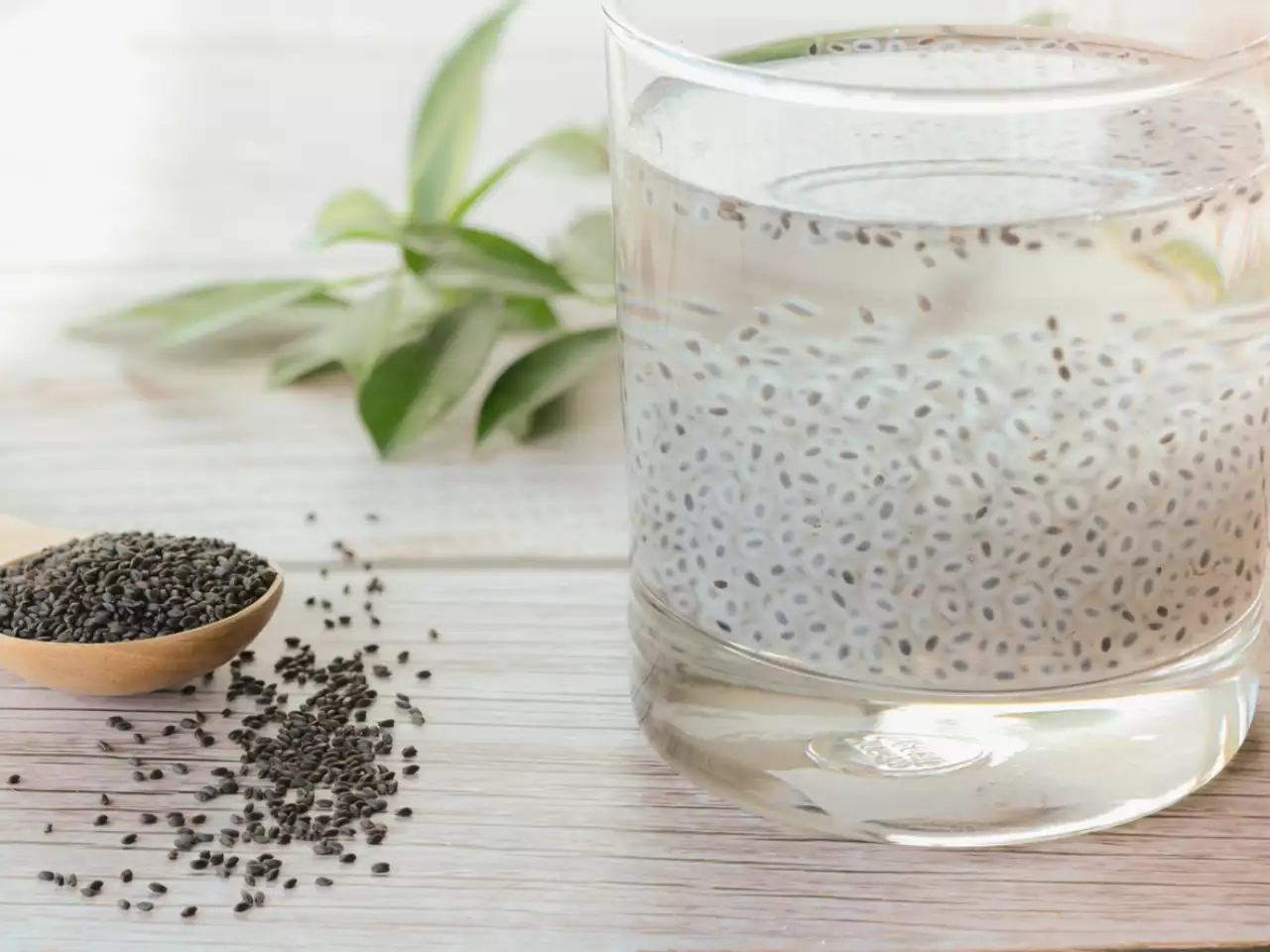
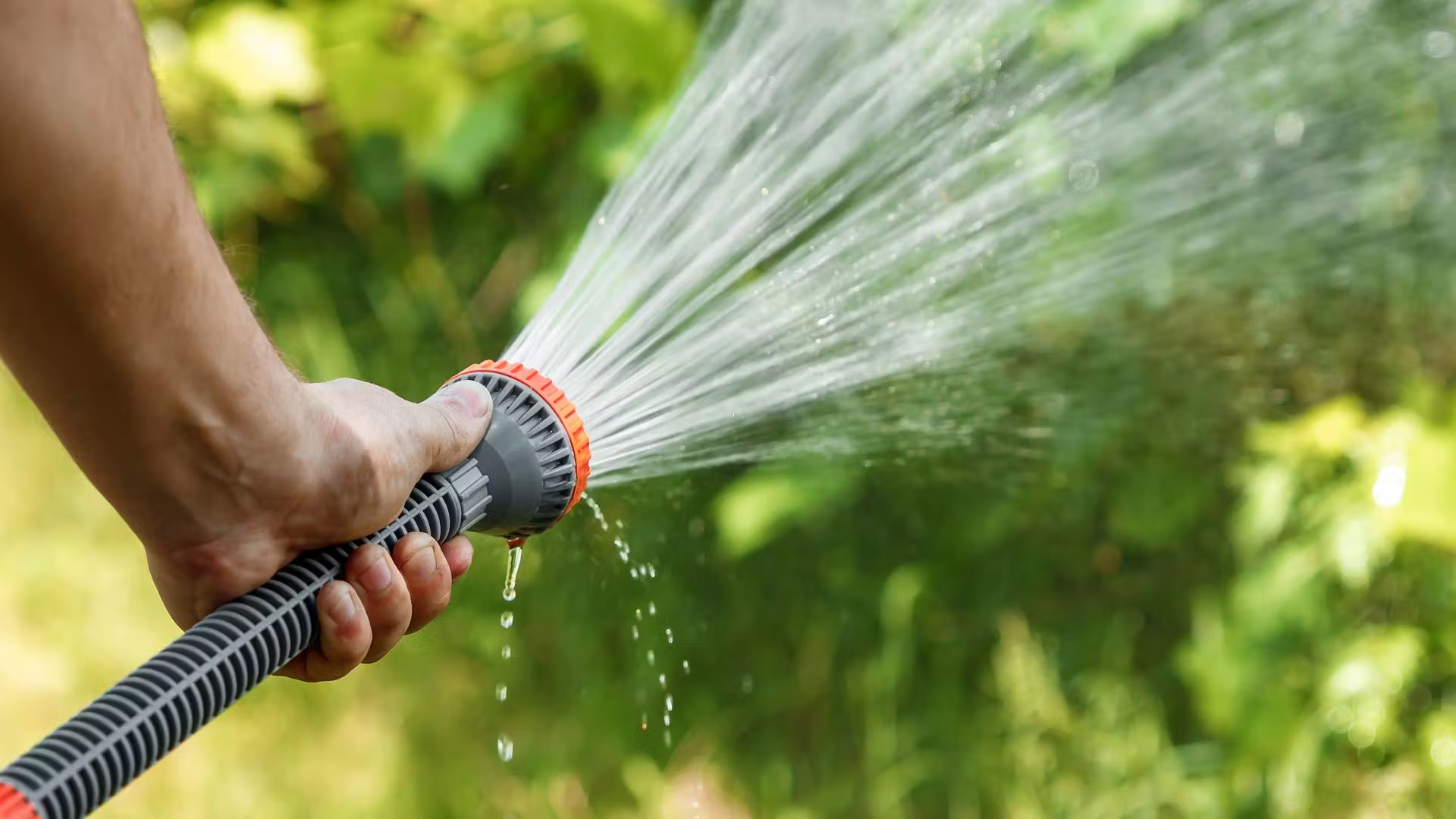
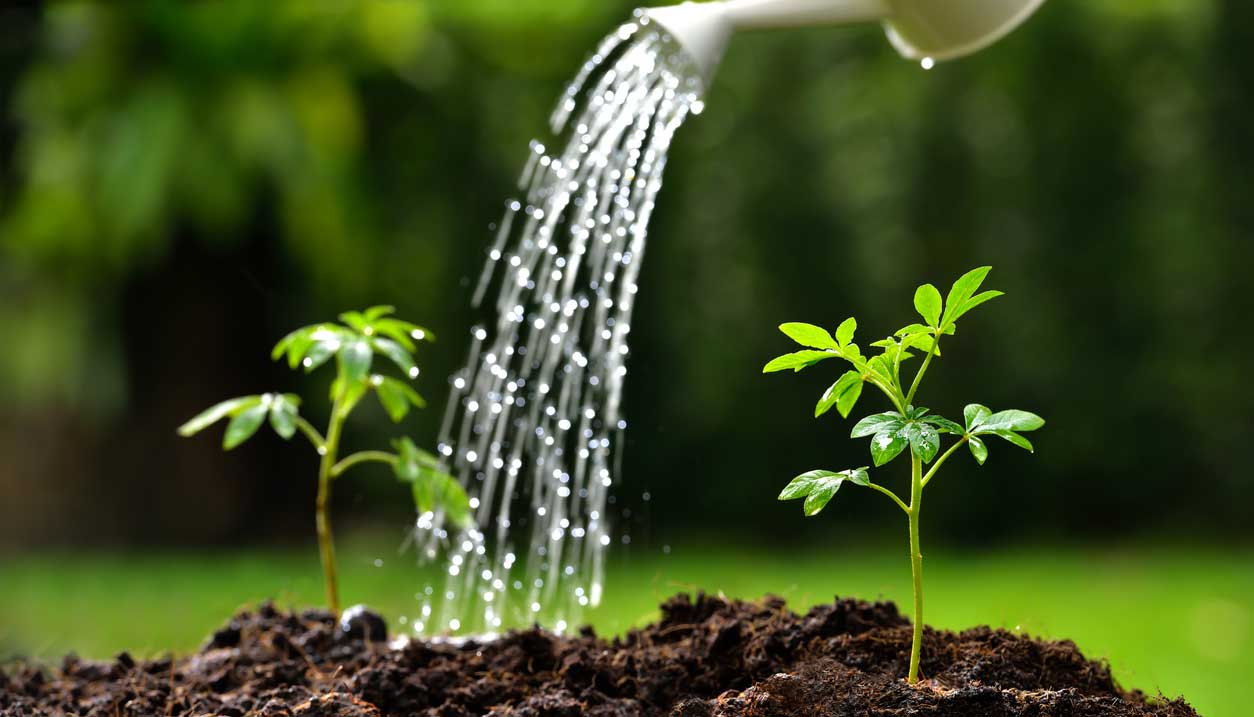
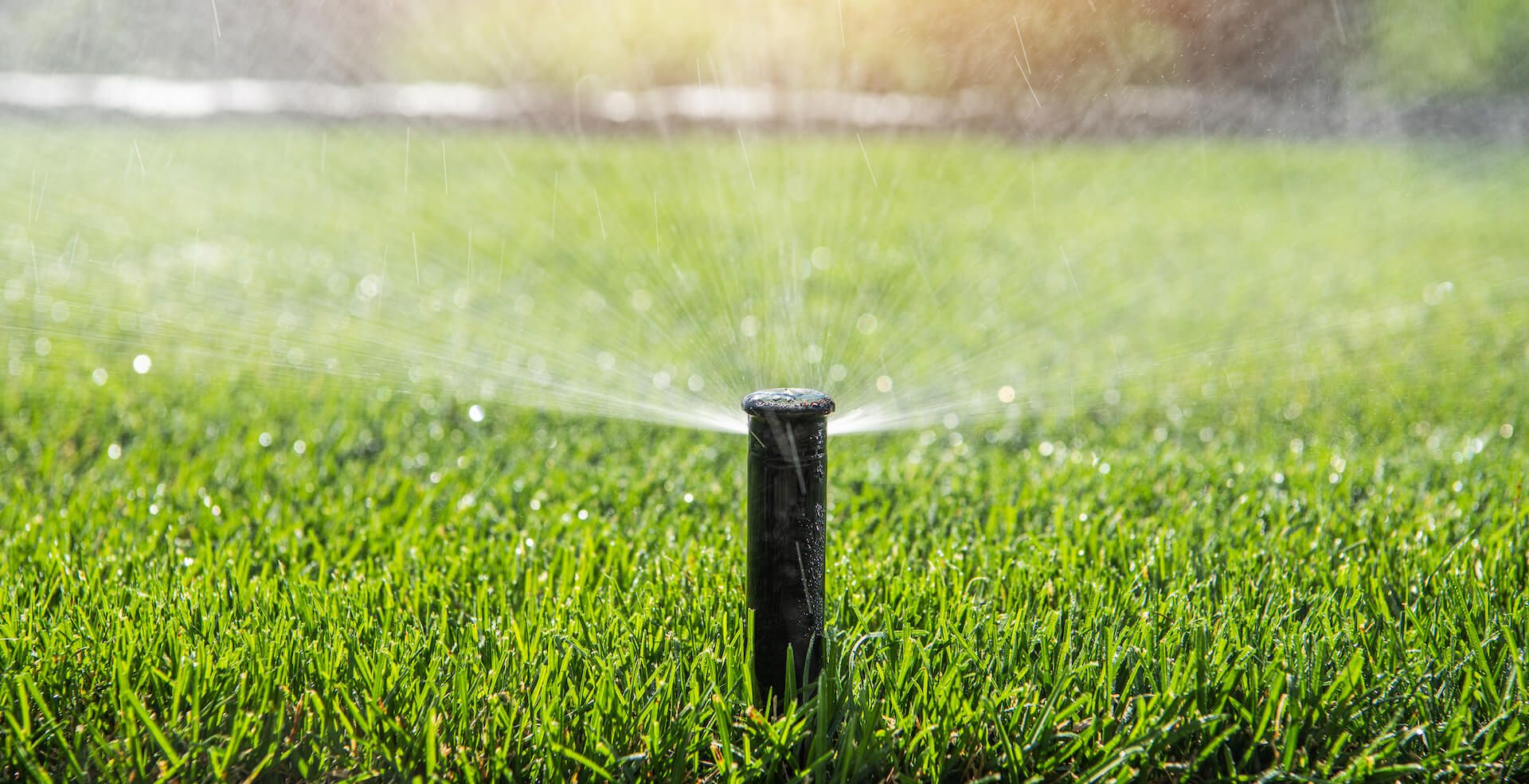
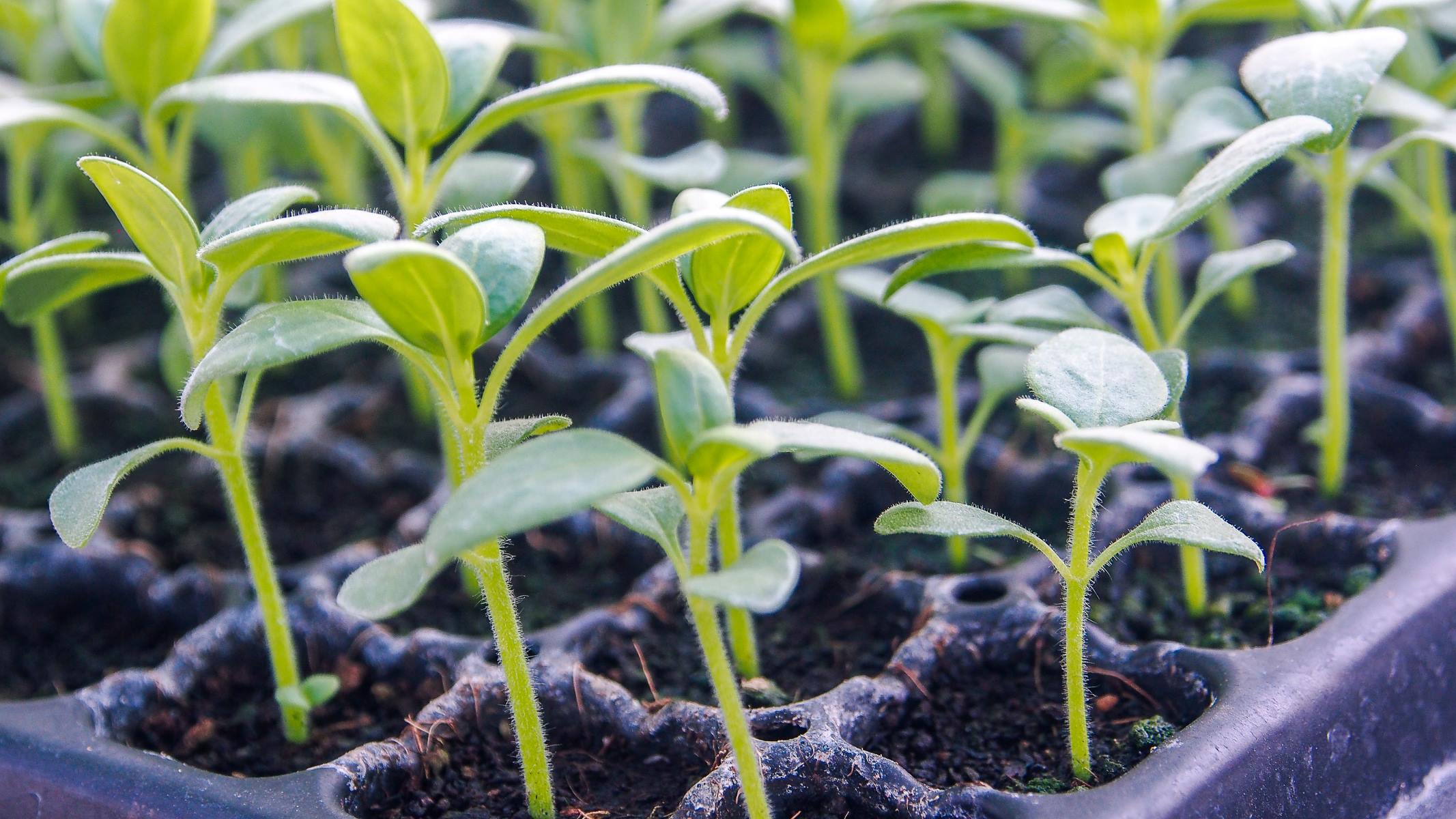

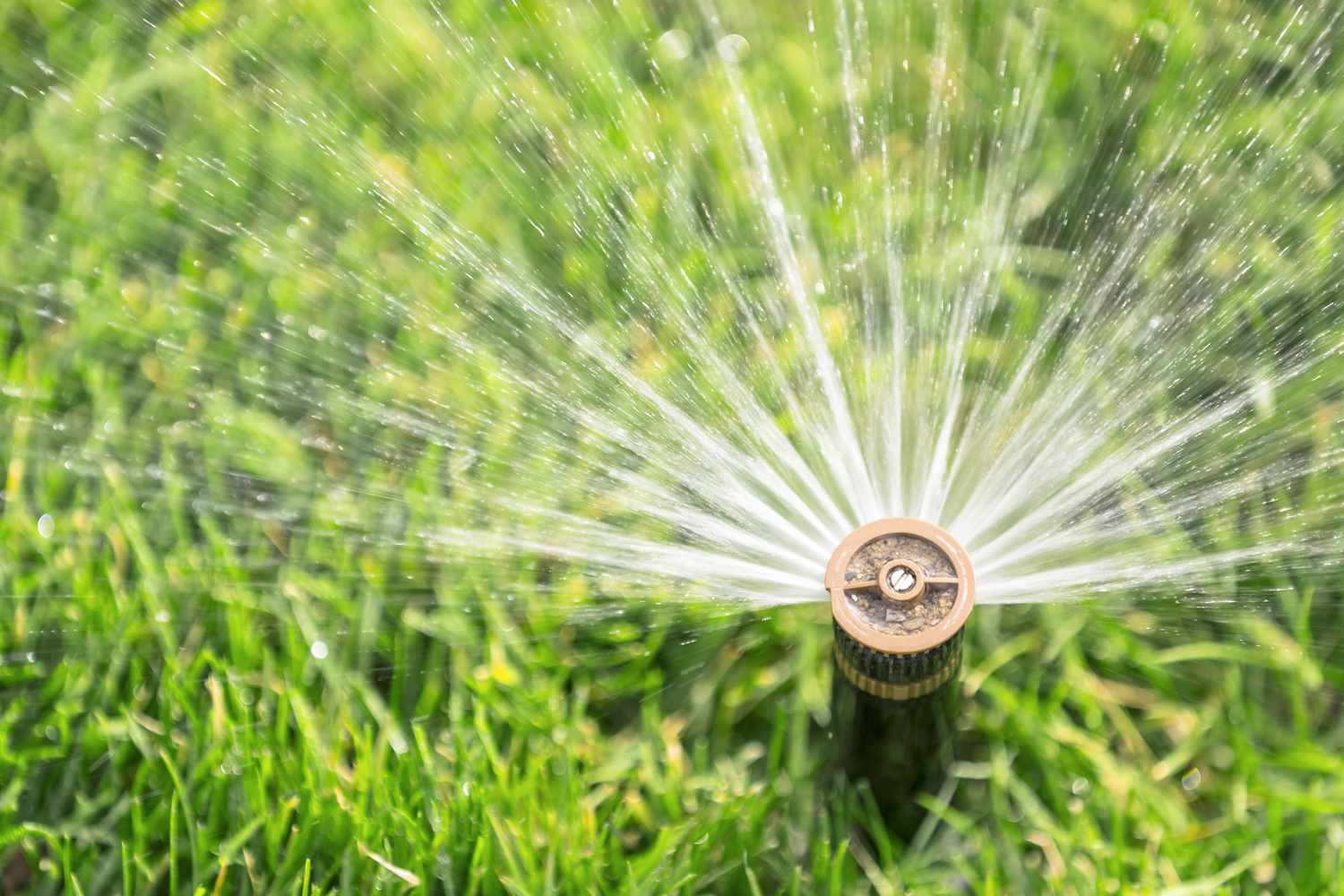

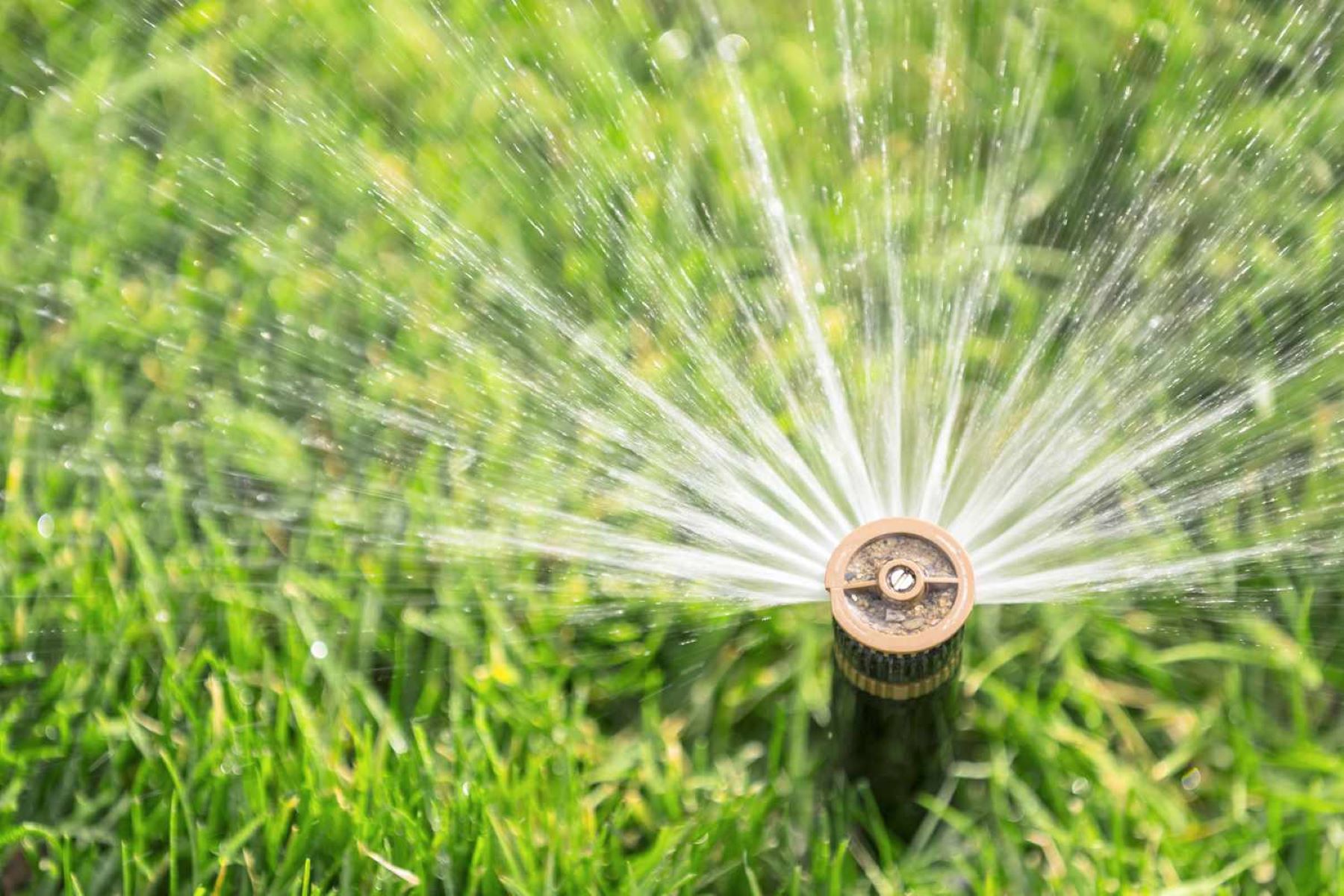
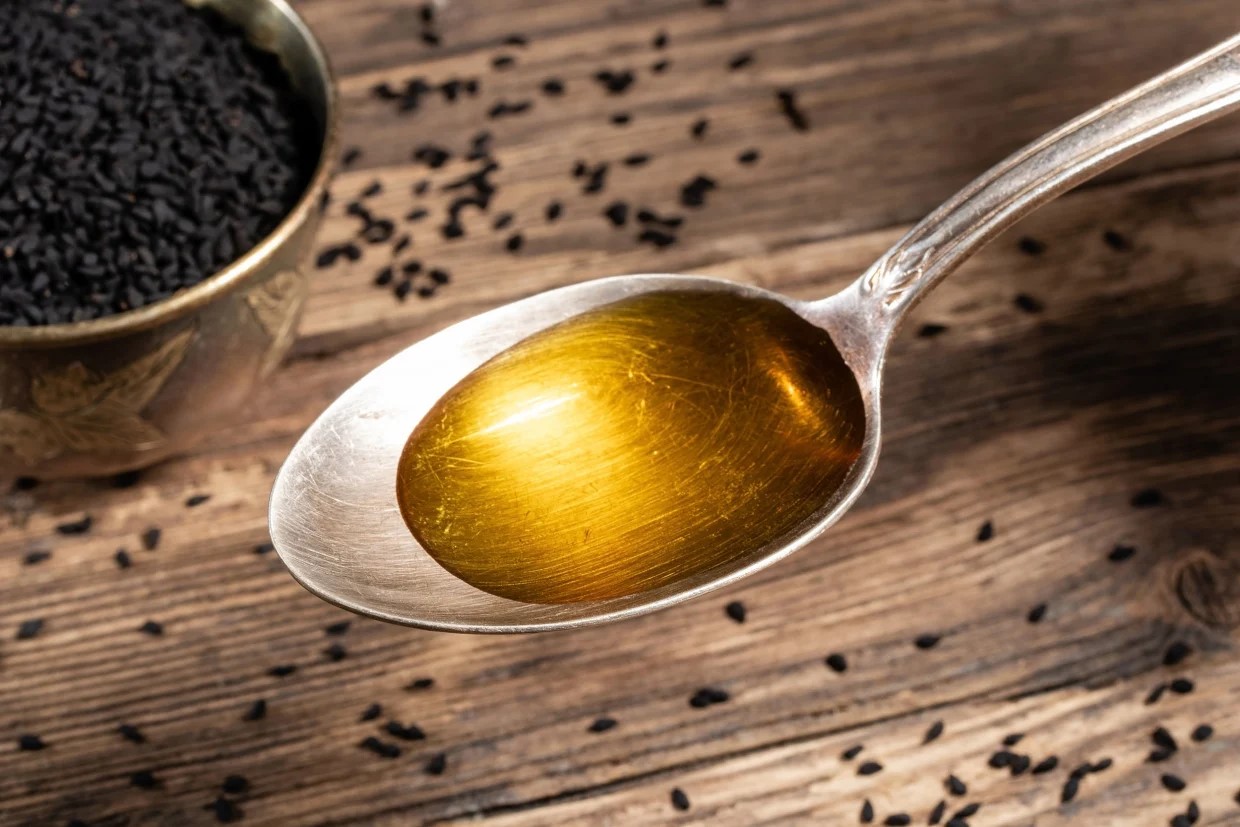
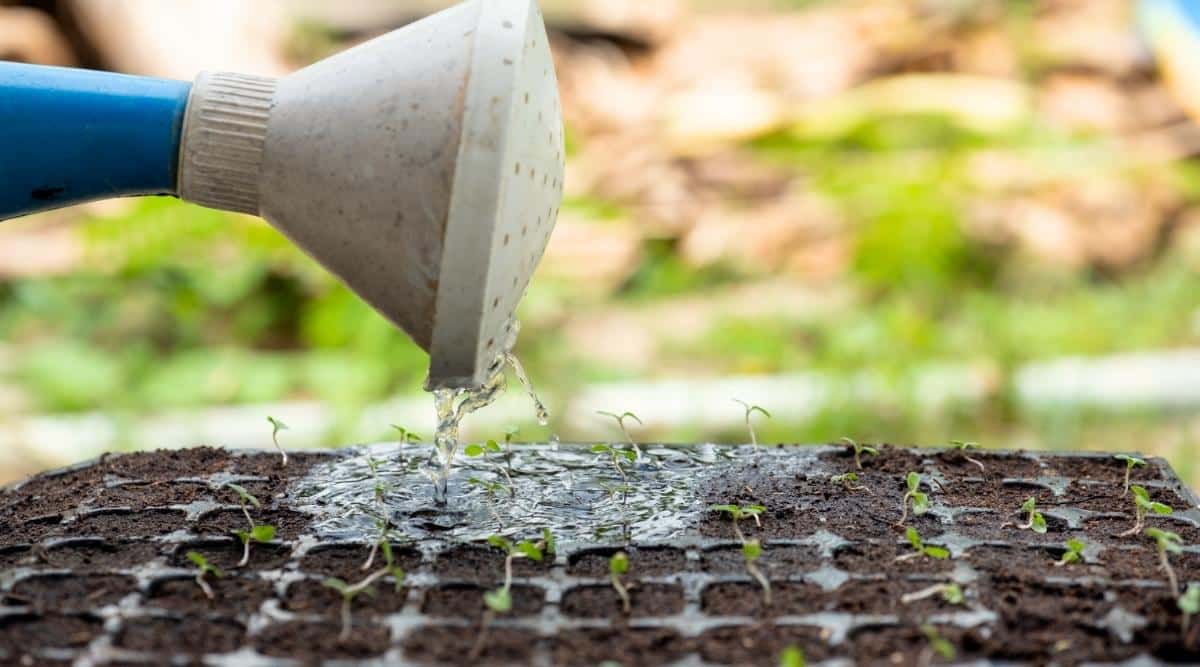


0 thoughts on “How Often Should You Water Sunflower Seeds”